
2019-12-22
On December 21, 2019, the"CSIG Image and Graphics China Tour—Cross-modal Machine Vision Frontiers Conference" was successfully held at the second industrial park of CVTE in Guangzhou. Professor Mingkui Tan of South China University of Technology and Dr. Ming Yang of CVTE were elected as the academic directors of this conference. Many experts and scholars at home and abroad are also part of it.
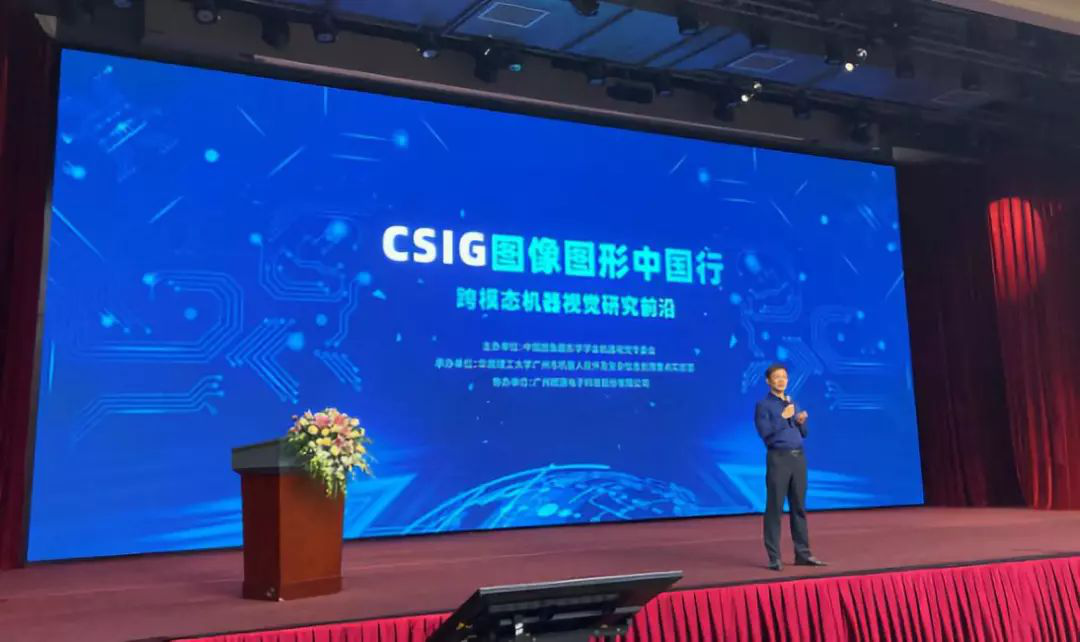
Tianyuan You, director of CVTE, delivered a speech
"CSIG Image and Graphics China Tour" is a branding campaign launched by CSIG (China Society of Image and Graphics ). Since the Tour started in 2017, it has gathered elites of science and research institutes in universities as well as enterprises across the country, making access to cutting-edge information, which has won industry-wide acclaim.
The event was co-organized by CVTE. At the opening ceremony, Tianyuan You, director of CVTE, introduced the status quo of the application of deep learning in enterprises, as well as the prospects and bottlenecks of the application of cross-modal machine vision.The invited guests also came onto the stage to share some research findings.
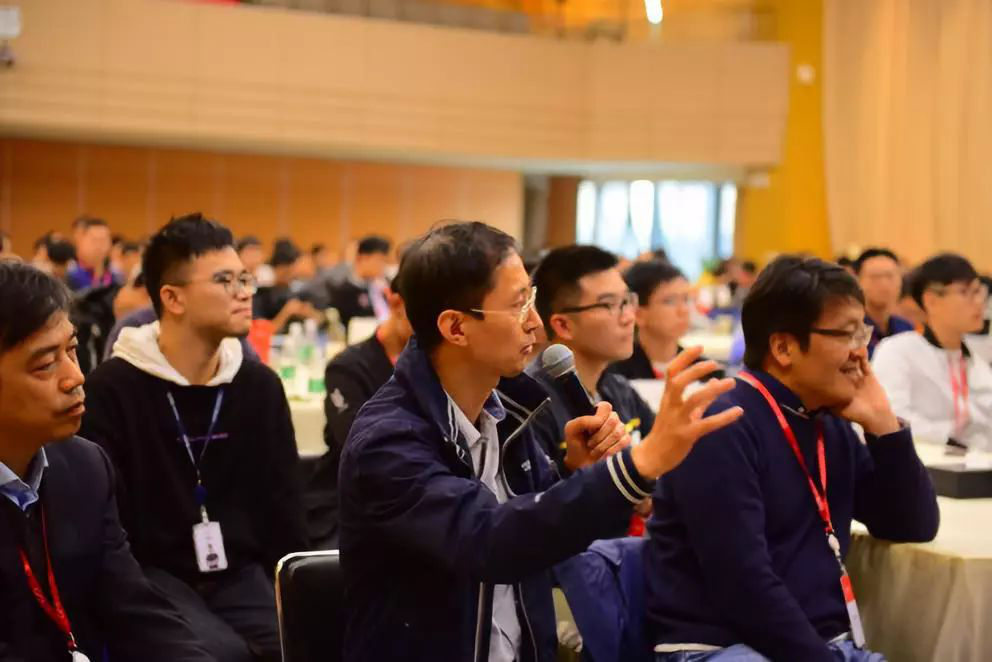
Automated Brain Tumor Segmentation Based on Artificial Intelligence
The high reliability of automated cutting is of great value for diagnosis and treatment
Precision medical image analysis, one of the research focuses of AI, is now studied by more and more people working in the industry. Jianguo Zhang, a professor from the Department of Computer Science and Engineering of Southern University of Science and Technology, and also a national distinguished expert, was the first to come onto the stage and delivered an academic report entitled "Automated Brain Tumor Segmentation Based on Artificial Intelligence"for the guests. Professor Zhang introduced the status quo of the research on automated brain tumor segmentation based on multi-modal MR images, presented how to improve the accuracy of segmenting the margin of tumor, analyzed the difficulties of tumor segmentation at present, and pointed out that the automatically generated tumor region is already very close to the prediction of tumor mutation based on manual segmentation of DKI.

Professor Jianguo Zhang delivered a report
Video-based person re-identification(Re-ID)
How to improve the accuracy and efficiency of Re-ID
Soon after, Professor Shiliang Zhang, a researcher and PhD supervisor of Peking University, shared his latest research results on Re-ID and gave a lecture entitled "Video-based Re-ID". It’s always difficult to annotate training data, and one's appearance is easily blurred by the influence of light, pose, and occlusion. These factors strongly interferes with Re-ID in terms of its recognition efficiency. In light of this, Professor Zhang explained how he and his team broke through the technical barriers and significantly improved the accuracy and efficiency of Re-ID. Professor Zhang's lecture led to wide discussion by people on the spot due to the fact that Re-ID is a popular research topic in computer vision field and the core technology in intelligent monitor systems.
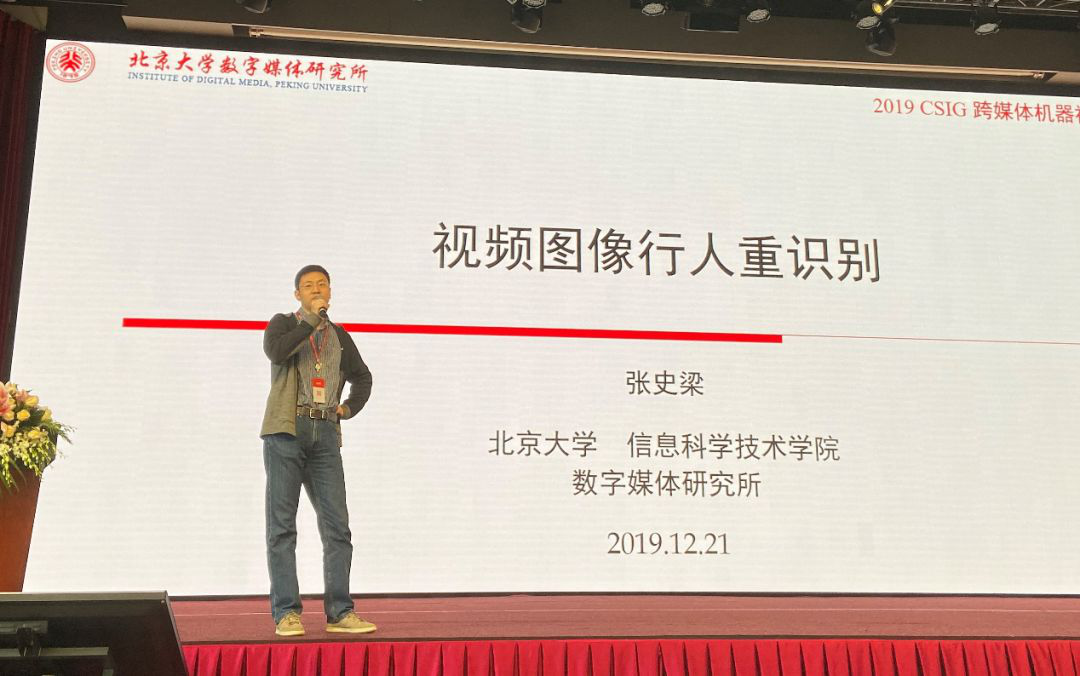
Shiliang Zhang, a researcher of Peking University, gave a lecture
Convolution Nuclear Norm for Data Forecasting
Can science predict the future?
Guangcan Liu, a machine vision expert of CSIG and a professor of Nanjing Information Engineering University, came up with an interesting question: can humans predict the future? In his lecture"Convolution Nuclear Norm for Data Forecasting", he "answered" this question at length: For tensor series prediction, Professor Liu proposed a method based on convolution nuclear norm. He also explained the determinants of future data. Then he shared how to use mathematics to prove it right and reported relevant experimental results. Professor Liu's in-depth analysis and detailed presentation were highly recognized by the guests.
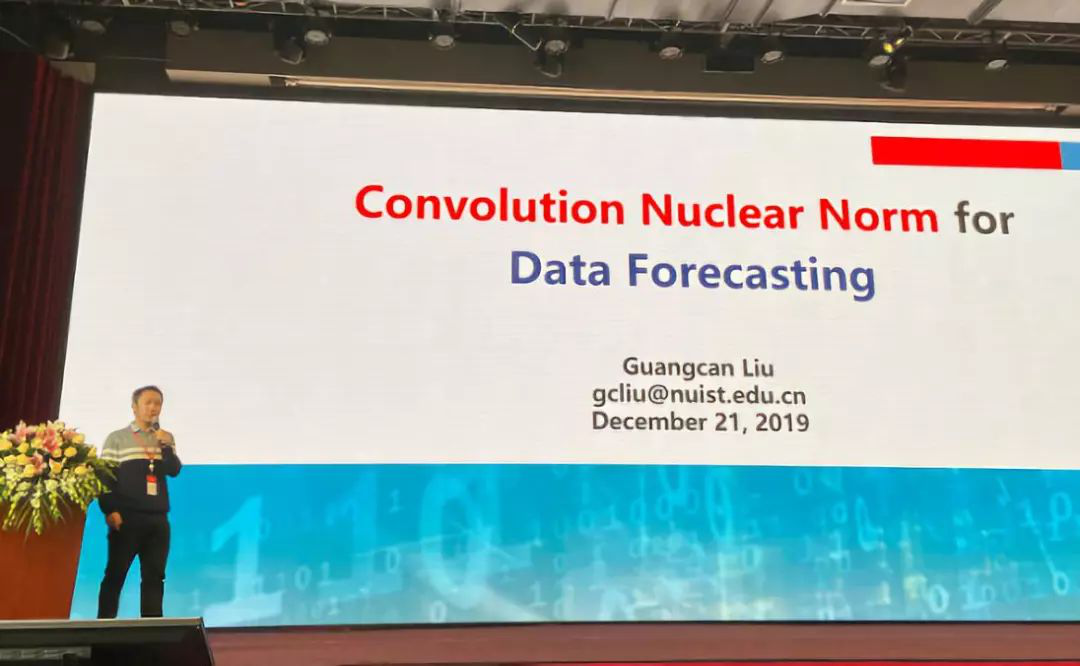
Professor Guangcan Liu gave a lecture
Research on Object Tracking Algorithm
A brilliant academic report
In the afternoon, Professor Tianzhu Zhang of the University of Science and Technology of China gave an academic report entitled "Recent Advances and Trends in Visual Tracking". Visual tracking is one of the popular research topics in computer vision field, and it has broad prospects of application in many industries. Professor Zhang first explained the research background of visual tracking as well as its broad prospects of application, then he took a step back to the research progress of visual tracking, introduced the object tracking data set, the challenges facing object tracking and some typical methods and research findings.
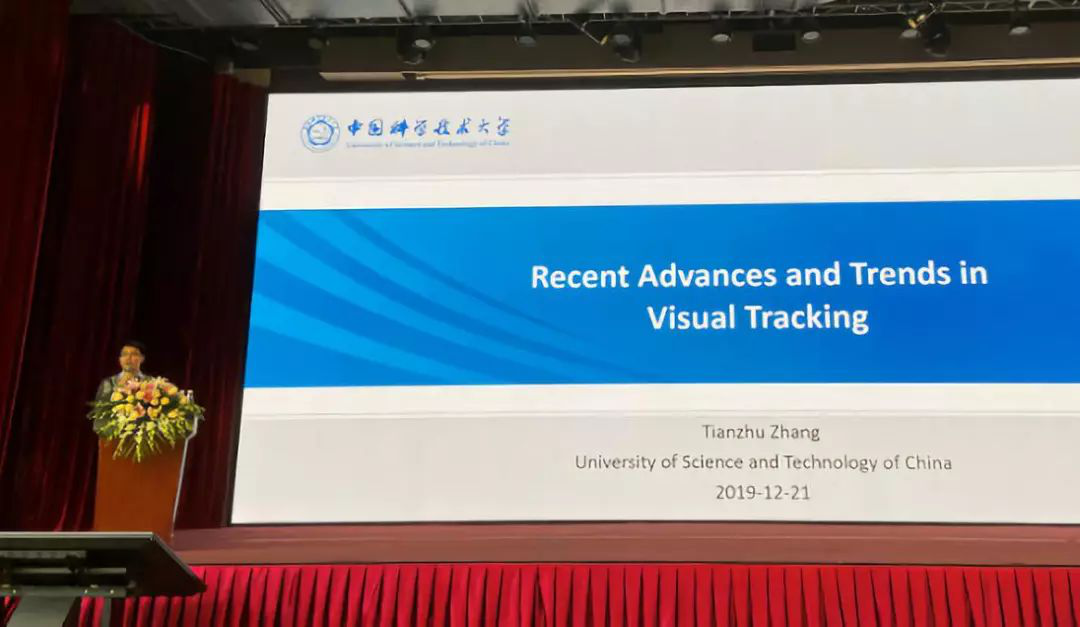
Professor Tianzhu Zhang delivered a report
Imitation Learning from Observations
Giving examples to illustrate the learning process
Next, Dr.Wenbing Huang, an assistant researcher of the Department of Computer of Tsinghua University, gave an academic report entitled "Imitation Learning from Observations by Minimizing Inverse Dynamics Disagreement ". Dr. Huang asked, "What is imitation learning?" and "How important is imitation learning?", which roused everyone’s attention. Then, Dr. Huang illustrated the basic theories and cutting-edge methods of imitation learning to all the guests step by step. He used simple and clear examples to explain the process of imitation learning. Although complex as it is, imitation learning was thoroughly explained.

Dr.Wenbing Huang gave a lecture
Semantic and Generative Deep Learning of 3D Object Shapes
Demonstration by a mechanical manipulator sparks interest
Professor Kui Jia from South China University of Technology was the last lecturer. He delivered an academic report entitled"Semantic and Generative Deep Learning of 3D Object Shapes". Professor Jia reviewed the status quo of research and explained in detail what makes it difficult to directly shape 3D objects with the initialized planar grid. In light of this, he introduced the functions of skeleton to the scholars. In addition, he also showed the scholars a video of grabbing by a mechanical manipulator. This video was studied by the South China University of Technology's "Geometry Perception and Intelligence Laboratory". He vividly explained the joy and challenges of research on object grabbing, which aroused the interest and deep thinking of most of the participants.
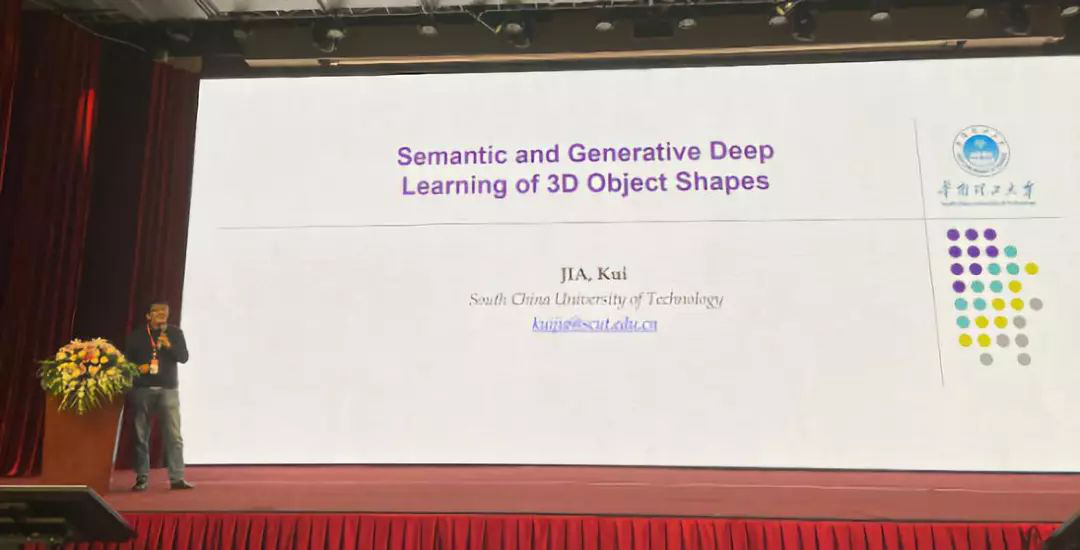
Professor Kui Jia delivered a lecture
The event then came to an end. As a co-organizer, CVTE not only actively promotes the event in many aspects, but also strives to make the whole industry and the general public fix more attention on the development of image and graphics technology.
In recent years, CVTE has established extensive cooperation with prestigious universities and research institutions at home and abroad, attracting many top talents. It has also stepped up innovation in the field, paving way for many new research findings. By applying these findings to business one after another, products are more likely to gain a competitive edge. In the future, CVTE will continue to leverage on its own strength and stimulate the industry via technology advancement, thereby nurturing new talents to make the whole industry step forward.